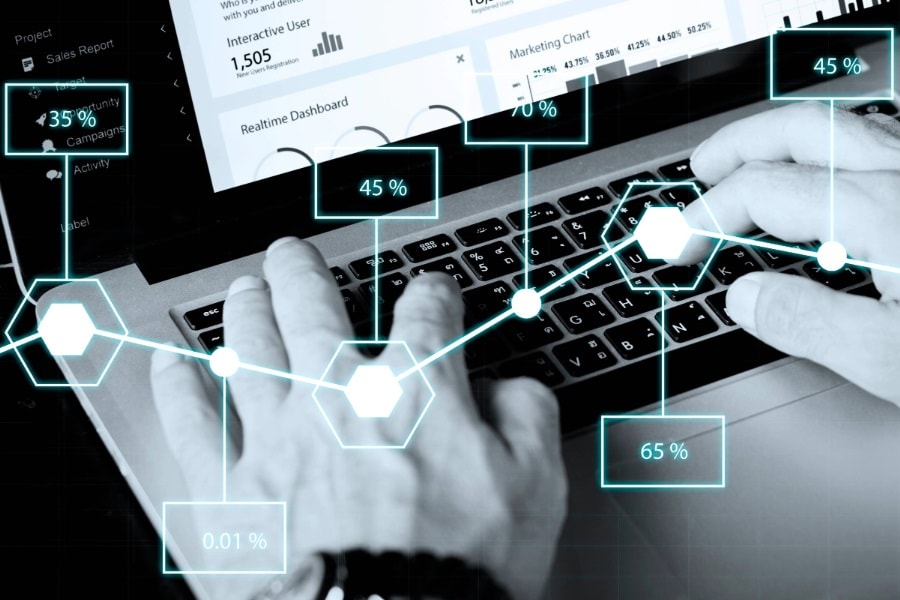Data in motion: How India Inc. is leveraging real-time data
Harnessing real-time insights for tomorrow's success
 Aveekshith Bushan, Vice President and GM, Asia Pacific and Japan, Aerospike
Aveekshith Bushan, Vice President and GM, Asia Pacific and Japan, Aerospike
India is experiencing a data revolution that is changing its economic landscape. Real-time data availability and analytics have risen in importance for operational efficiency and economic growth. With over 1.4 billion citizens, the country has increased its use of real-time data to make informed decisions, optimise processes, and increase overall productivity.
The India Tech Stack
At the core of this shift is India’s complex technology infrastructure, known as the India Stack. This includes digital products such as Aadhaar, Unified Payments Interface (UPI), and various other systems that involve citizens. By enabling seamless, secure transactions and data exchanges, the India Tech Stack has laid the groundwork for a data-driven economy that empowers businesses and consumers alike.
For example, UPI has revolutionised the way Indians pay, processing over 10 billion transactions per month by August 2024. The platform not only facilitates instant payments but also provides businesses with insights in real-time with regard to customer interactions. This integration of real-time data into everyday operations is a testament to the power of the India Tech Stack and its role in modernising the Indian economy.
 Building Scalable and Efficient Solutions
Building Scalable and Efficient Solutions














